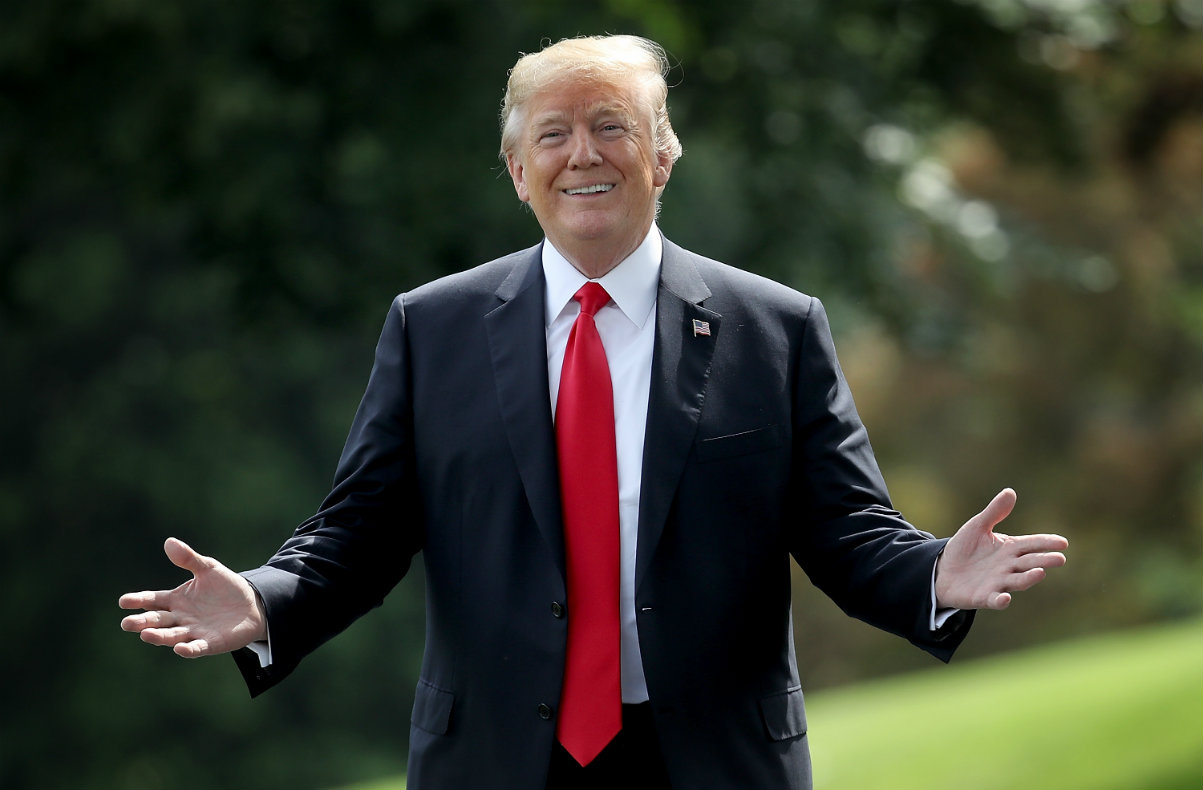
Attorneys for the Department of Defense included favorable citations to a long-reviled Japanese internment case in a brief submitted before a military commission earlier this week.
According to University of Texas Law Professor Steve Vladeck, the citation to the case of Hirabayashi v. United States was made by the Trump administration in order to prevent detainees at Guantanamo Bay from sharing artwork they made while imprisoned there. The case involves Ammar al Baluchi, who is accused of being one of the people behind the 9/11 attacks and waiting to go on trial before a military tribunal.
The citation begins:
The power to wage war is the power to wage war successfully. See Hirabayashi v. United States, 320 U.S. 81, 93 (1943). The Department of Defense has decided part of the way to win this war is to cut off a vital recruiting tool al Qaeda uses; the words and statements of their fighters who have successfully attacked America.
Specifically, Hirabayashi dealt with the proposition that enforcing military curfews against members of a minority group is a valid exercise of governmental authority while the nation remains at war with the country from which said group originates. The case itself concerned Gordon Hirabayashi, a student at the University of Washington when President Franklin D. Roosevelt signed Executive Order 9066.
Hirabayashi initially obeyed the order, which imposed a curfew, but after being forced to cut a study session short in order to comply, he started wondering why he was being singled out. So, Hirabayashi decided to intentionally violate curfew and then failed to report to an internment camp as mandated by the order. After this, he was arrested and served a two-year prison sentence after unsuccessfully arguing that his Fifth Amendment rights had been violated.
Again, the Trump administration is not citing the case to support the idea that they can set curfews for certain minority groups during war, but arguing that they can keep detainee-produced art work out of the public’s eye while the War on Terror continues apace during its 17th year.
In addition to the reference above, the briefing also cited Hirabayashi at length:
[This power to successfully wage war] …extends to every matter and activity so related to war as substantially to affect its conduct and progress. The power is not restricted to the winning of victories in the field and the repulse of enemy forces. It embraces every phase of the national defense, including the protection of war materials and the members of the armed forces from injury and from the dangers which attend the rise, prosecution and progress of war.
While never explicitly overturned, the use of the Hirabayashi case as precedent is uncommon–including among government attorneys–because the U.S. Japanese internment practice is almost universally acknowledged as a source of national shame. In 2011, the Department of Justice filed an official notice stating that the solicitor general’s defense of Japanese internment policies had been an error.
For those reasons, the other major Japanese internment Supreme Court cases are also seldom mentioned in legal briefs–except when mentioned in a negative light. Those cases include Yasui v. United States (holding that curfews and removals to relocation centers were constitutionally permissible) and the well-known Korematsu decision, which held that Japanese internment camps were permissible in line with certain exclusion orders.
(Notably, all three Japanese American defendants in the above-mentioned cases had their individual convictions overturned on technicalities by filing writs of coram nobis–essentially an order which allows a court to correct a judgment due to the later discovery of a fundamental error made in the original case.)
[image via Win McNamee and Getty Images]